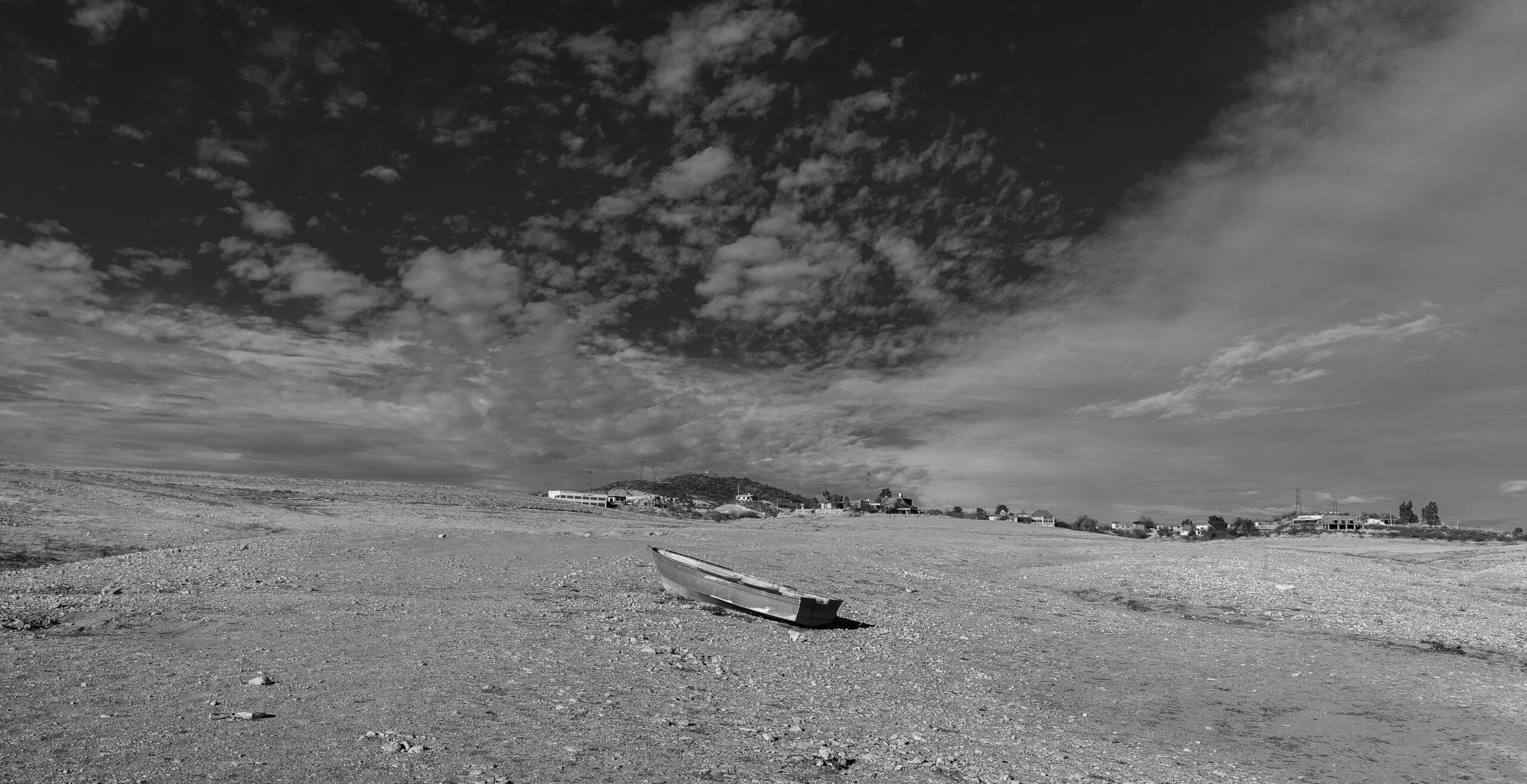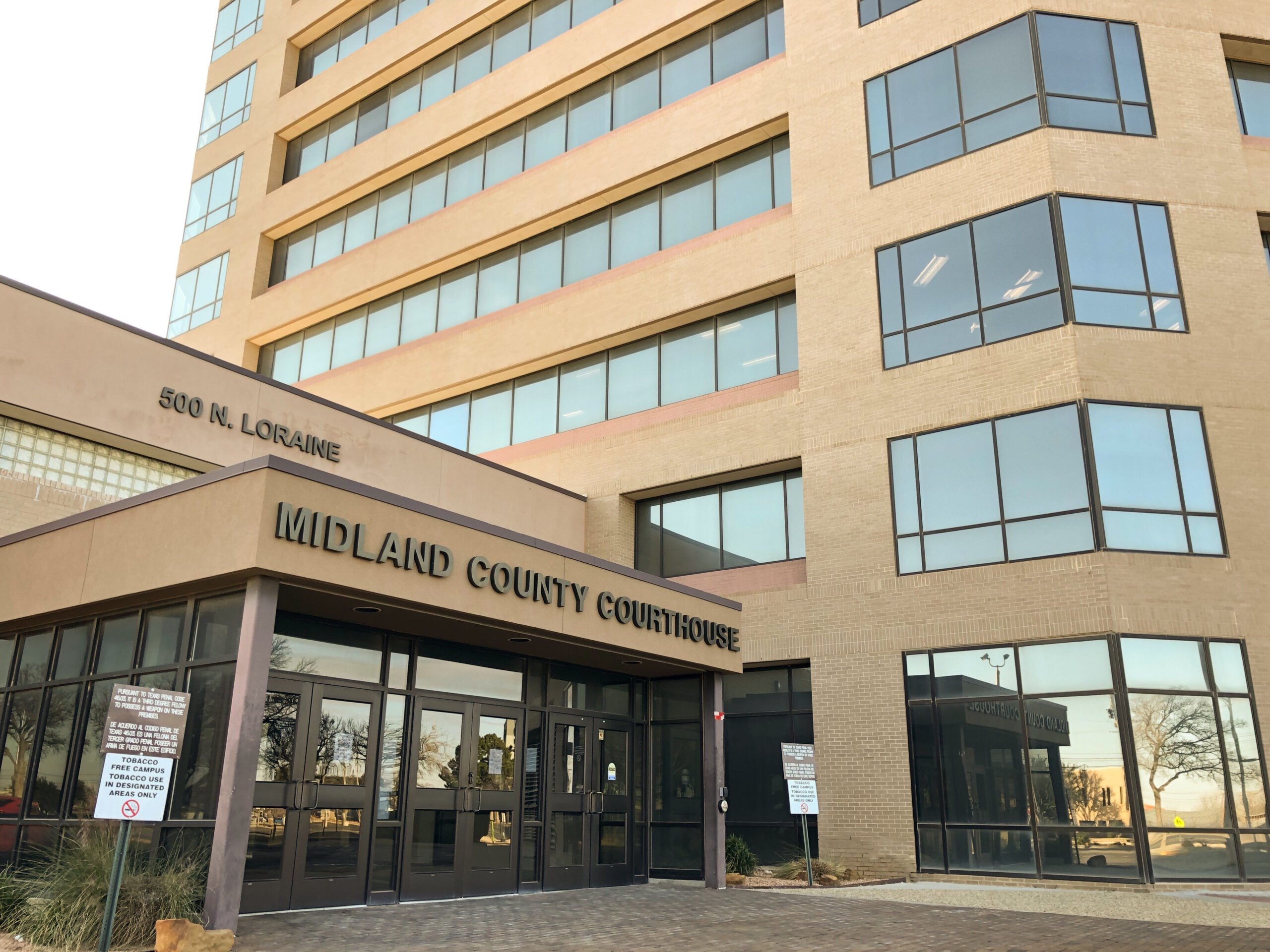ustxtxb_obs_1977_04_22_50_00004-00000_000.pdf
Page 25
TVLAS Pt CAlVISTON Pelican land Seadock ,Gulf of Mexico Corp us Chr is t i C Instead of their original estimate of $70 million, port officials now talk of a $290 million first-phase construction cost. The Southwest report sets a target date of 1987 for completion of phase one; Corps analysts say that over a fifty-year period, the full project would cost more than $500 million. A 1972 Texas A & M study of the impact of a deepwater oil port on the state’s coastal economy claims Harbor Island would have a benefits-to-cost ratio of 4.8-to-1 when transportation savings alone are calculated, and a staggering 238-to-1 ratio when industrial expansion and its effects on the petroleum industry were also considered. Critics say the authors of the A & M study underestimated the project costs and that, in any case, the five-year-old figures are outdated today. But the advent of the supertanker has made deepwater docking facilities look like sound investments. No matter how costly, projects like Harbor Island will tempt government and industry planners for years to come. Two offshore projects, Seadock of Freeport and Loop, the Louisiana monobuoy system, have already been proposed for the Gulf Coast, and Galveston is still interested in its own Pelican Island deepwater installation. But Corpus Christi is the first U.S. port to plan onshore deepwater facilities. The recently released Southwest report incorporates the economic forecast of Harbor Island’s supporters. Without a deepwater port, claims Southwest, the three-county Corpus Christi area would grow slowly from a projected population of 308,000 in 1980 to 391,000 in 2030 with only moderate growth in most sectors of the local economy. If the deepwater project goes forward, however, the 2030 population would stand at 713,000. But where the port’s backers see dollar signs, its opponents see monumental folly and a shortsighted, wrongheaded plan to sell a region’s birthright for a pot of oil money. Ecological threat The leading objection to the plan involves the dredging and destruction of wetlands that would come with it. The port says the dredging would destroy only 250 acres of wetlands, but the Southwest study puts the fifty-year loss at 1,000 acres. Jim Nolke, a U.S. Fish and Wildlife Service biologist, says 1,000 acres is probably a rock-bottom figure. The threat to wetland ecology is only one concern of those opposing Harbor Island. Aransas Pass is the basic water exchange for Aransas, Corpus Christi, Redfish and Nueces Bays, the Upper Laguna Madre, and the entire bay sys 4 The Texas Observer tem which supports the multimillion dollar fishing and shrimping industry in the area. The project’s opponents say the dredging and resultant changes in salinity levels could have disastrous effects on marine life. People in Port Aransas, one of the most popular vacation spots on the Texas coast, wonder what the prospects would be for a town that lives or dies on tourism and fishing and suddenly finds itself across the channel from the world’s first supertanker port. Summer people from San Antonio and Fort Worth who don’t want to see their playground ruined have joined South Texas environmentalists in opposing the project. The workings of wind, sand, sun and storm Charlottesville, Va. Each of us has favorite places, and as San Antonio, where I grew up, is my favorite Texas city, Port Aransas is my favorite Texas Owe. I began going to Port Aransas when the only way over to the island from the mainland was a rickety one-lane wooden causeway with platform bulges at one side for you to pull over and wait until an oncoming car passed by. Then as now you next drove on across a few miles of land, coastal shallows to your right and the channel from Aransas Pass, plied by shrimp boats, to your left, until you came to the intracoastal canal an& the ferry. The ferry. Nothing signifies Port Aransas more. On the ferry you leave behind the United States, the cities, the commerce, the worries. Parked amid the other cars, you slide out into the current and make for the island. Usually, if you’ve a mind to, you get out and walk to the front to watch for the porpoises rolling and the seagulls muscling across the sky. Then, you drive onto the island, Port A. No one puts on airs Nothing much, Port A, just a salt-eaten fishing town. When first I went there you could play blackjack and roulette because, I assume, somebody was getting paid off, but then as now the main thing was the Gulf fishing fleet. Depending on the day and your fishing captain you could fill your ice chest with kingfish, mackerel or ling and still have some to give away. On the far ends of jetties and piers men slept all night waiting for tar Other objections include a heightened risk of oil spills, the possibility of beach erosion caused by sediment transfer, storm surge flooding on Port Aransas, and increases in industrial pollutants in the ambient air. The project’s strongest selling point could turn out to be its biggest flaw. To be economically successful, the deepwater port would have to provide almost pon or the big sharks. The Coast Guard station, standing high on its stilts like a pelican, the Tarpon Inn \(a long two-story wooden hostelry where they still display a scale from the tarpon President Food Store, Anglers Courts or Gibbs Courts or whichever of the groups of little fishing cottages you favored Port A was these things, and the fishing boats. But above all, as the years passed, Port A became, to me, an authentically Observations grungy place. This is how fishing towns should be. Things are weathered and corroded. Nobody puts on airs. Nobody likes outsiders taking over. When a Houston businessman started opening places under the emblem, “White Marlin,” somehow the local people didn’t cotton to it, and after some years the term “White Marlin” more or less returned to the creatures of the sea to whom it is more logically affixed. Nowhere on the island to this day do I see a McDonald’s or a Burger King or a Safeway or a Sage. Perhaps it’s the economics, just one or two thousand people through the winter, then the surging crowds in the summertime, so only the local people can make businesses pan out, but I like to think it’s also the people keeping their place to themselves, gently shouldering out the franchisers from Dallas and New York. True, Braniff has one of the condominiums that now form a string of


